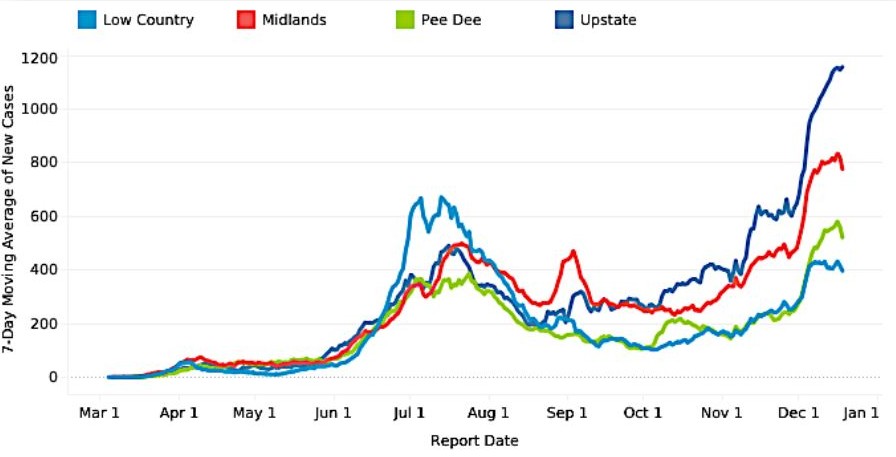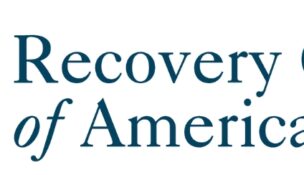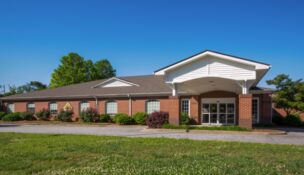Upstate witnesses highest COVID-19 cases in state
Molly Hulsey //December 21, 2020//
 As COVID-19 cases explode in the Upstate, leaders from five Upstate health care systems addressed fears of exceeding hospital capacity at a joint press conference today.
As COVID-19 cases explode in the Upstate, leaders from five Upstate health care systems addressed fears of exceeding hospital capacity at a joint press conference today.
Leadership from AnMed Health, Bon Secours St. Francis, Prisma Health, Self Regional Healthcare and the Spartanburg Regional Healthcare System pleaded with listeners to tamp down public gatherings and to social distance as the holidays come into full swing, especially as the Upstate sees the highest COVID-19 cases in the state.
While bed capacity remains available, the spike is putting a strain on intensive care unit space and staff, especially in rural areas of the Upstate. According to data from the S.C. Department of Health and Environmental Control, new COVID-19 infections have reached more than 1,000 statewide for the 34th consecutive day.
“In general, when you look across the state, we have ICU capacity. When you look at it by region, the Upstate capacity is significantly tapped,” Dr. Wendell James, chief clinical officer of Prisma Health-Upstate, said during the virtual press conference. “We are all juggling our beds. What do we mean by that? I think Dr. Blackstone spoke to it best: When one person leaves, we’re putting another person right back into the bed behind them.”
Marcus Blackstone, chief clinical officer of Bon Secours St. Francis in Greenville, also reiterated that despite the rollout of COVID-19 vaccines for frontline health care workers at Prisma Health and other hospital systems this past week, staff and personnel cases have also expanded, leading to an additional strain.
Blackstone hammered home the danger of letting up one’s guard during the holidays, especially around high-risk and older populations.
“Honestly, we talk about this every week between the five of us,” he said, gesturing to James; Dr. Robert Mock, AnMed Health’s chief medical officer; Dr. Matthew Logan, chief medical officer of Self Regional Healthcare; and Dr. Christopher Lombardozzi, Spartanburg Regional Healthcare System’s chief medical officer. “And in our health systems, this doesn’t surprise us, given what we’ve seen in the community.”
More than 4,500 South Carolinians have died from a COVID-19 infection, and Mock said the growing number of infections are not simply asymptotic cases to be swept under a rug.
“What we’re talking about here are the cases where people are sick enough to require hospitalization, possibly require an ICU stay,” Mock said. “We are all stretched to our capacity … and that’s in spite of an increase in capacity over the last six to eight months as we saw this thing coming. We are tight on beds, we are certainly tight on staff — nurses especially — to staff those beds. And all this is something to be improved if people in the community change the way they’re managing their day-to-day activities.”
Lombardozzi continued to stress that awaiting a “cure” for the virus, keeping six feet of distance from others, wearing a mask indoors, handwashing, disinfecting surfaces and remaining home even with mild undiagnosed symptoms remain critical to keeping numbers down.
“We are seeing higher and higher highs each and every day,” he said. Over the Thanksgiving holidays, he remembered thinking that the system’s 70 COVID-19 patients had set a precedent for hospital stays. Now, that number has doubled.
“We don’t see a decline any time soon.”
Pfeiffer reiterated that one-person visitation at Self Regional Healthcare hospitals will remain in place with the spike in cases, except for COVID-19 cases, where visitation is prohibited. A parent or guardian can remain at the bedside of a pediatric patient.
“That’s one of the hardest things, honestly,” he said, adding that the resurgence in cases in late summer stymied a less strict visitation policy from being put into place. “I know people want to be with their family members when they’re in the hospital.”
g















